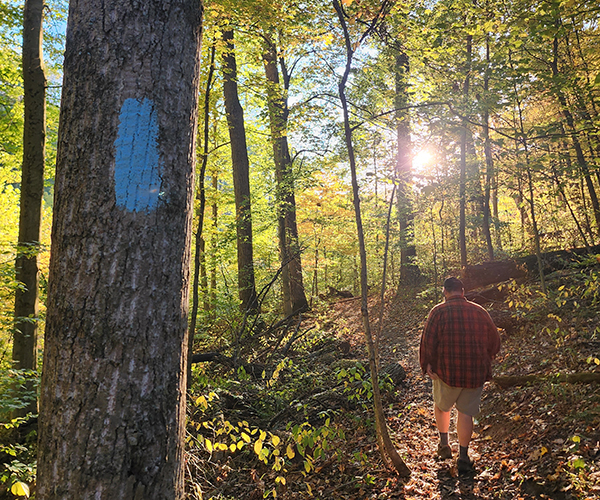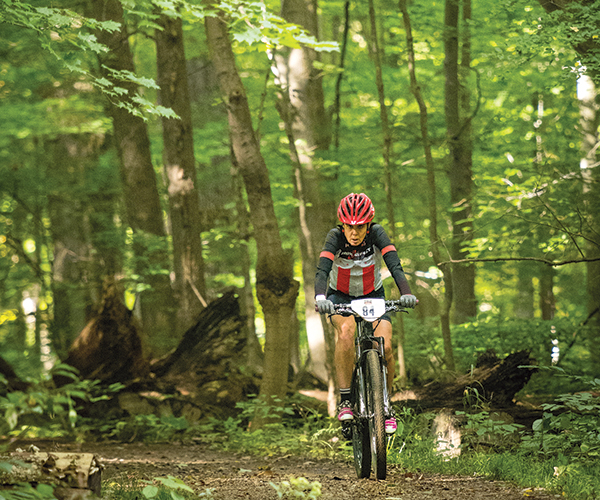Next time business takes you to Chicago, bring the family along for the ride. After all, the Windy City offers something that even your Xboxed, iPodded progeny will find irresistible: skyscrapers.
Chicago is the birthplace of the skyscraper. In the 1890s, glass-and-steel construction freed engineers from the modest height restrictions of brick and mortar, and designers started sending Chicago’s skyline upward. Today, the city stands as the greatest living museum of “Oh Wow!” on earth. The cooler autumn months are the perfect time to treat your gang to an eye-popping, neck-craning, jaw-dropping walking tour of six architectural all-stars (with a pizza break, of course).
Chicago is the birthplace of the skyscraper. In the 1890s, glass-and-steel construction freed engineers from the modest height restrictions of brick and mortar, and designers started sending Chicago’s skyline upward. Today, the city stands as the greatest living museum of “Oh Wow!” on earth. The cooler autumn months are the perfect time to treat your gang to an eye-popping, neck-craning, jaw-dropping walking tour of six architectural all-stars (with a pizza break, of course).
| The Trip: An overnight stay in Chicago The Travelers: A family of four
|
1. The Reliance Building, circa 1895
32 N. State St., 14 floors, 606 feet
The adventure begins at your lodging: Hotel Burnham. The cozy, boutique hotel now occupies the historic Reliance Building, the world’s first skyscraper. Its glass sheathing, double-hung sashes and huge picture windows helped define the Chicago school of architecture. Start your sight-seeing on a full stomach with a stop at Wishbone, a bright, kid-friendly West Loop favorite that’s right around the corner from Oprah Winfrey’s Harpo Studios.
32 N. State St., 14 floors, 606 feet
The adventure begins at your lodging: Hotel Burnham. The cozy, boutique hotel now occupies the historic Reliance Building, the world’s first skyscraper. Its glass sheathing, double-hung sashes and huge picture windows helped define the Chicago school of architecture. Start your sight-seeing on a full stomach with a stop at Wishbone, a bright, kid-friendly West Loop favorite that’s right around the corner from Oprah Winfrey’s Harpo Studios.
2. The Wrigley Building, circa 1920
400 N. Michigan Ave., 21 floors in the North Tower, 30 floors in the South Tower, 425 feet
This Spanish-style castle, built by chewing gum magnate William Wrigley Jr., is the Big Ben of Chicago. What it lacks in height, it makes up for in six ascending shades of glazed terra cotta tiles that give the Wrigley its dreamy weightlessness. Directly across the street, embedded in the entrance to the Tribune Tower, are stones from famous structures around the world (and even the moon!), many collected by the newspaper’s foreign correspondents.
400 N. Michigan Ave., 21 floors in the North Tower, 30 floors in the South Tower, 425 feet
This Spanish-style castle, built by chewing gum magnate William Wrigley Jr., is the Big Ben of Chicago. What it lacks in height, it makes up for in six ascending shades of glazed terra cotta tiles that give the Wrigley its dreamy weightlessness. Directly across the street, embedded in the entrance to the Tribune Tower, are stones from famous structures around the world (and even the moon!), many collected by the newspaper’s foreign correspondents.
3. Lake Point Tower, circa 1968
505 N. Lake Shore Drive, 70 floors, 645 feet
Modern master Ludwig Mies van der Rohe did for skyscrapers what Frank Lloyd Wright did for houses: He changed the rules and raised the bar. Lake Point Tower, based on a Mies van der Rohe design, is the only residential high-rise ever built east of Lake Shore Drive. The Y-shaped building design helps prevent neighbors from looking into each others windows.
505 N. Lake Shore Drive, 70 floors, 645 feet
Modern master Ludwig Mies van der Rohe did for skyscrapers what Frank Lloyd Wright did for houses: He changed the rules and raised the bar. Lake Point Tower, based on a Mies van der Rohe design, is the only residential high-rise ever built east of Lake Shore Drive. The Y-shaped building design helps prevent neighbors from looking into each others windows.
4. John Hancock Center, circa 1970
875 N. Michigan Ave., 100 floors, 1,127 feet
“Big John” may not be the world’s tallest tower anymore (it held the title from 1969 to 1973), but its distinctive cross bracing and jaw-dropping tapered design proved so popular that its image appears on the Illinois quarter. Kids flock to the Hancock Observatory on the 94th floor to have their photo taken washing Big John’s windows. On a clear day you can see Indiana, Wisconsin and Michigan.
5. Lou Malnati’s Pizzeria
439 N. Wells St.
By this point, you may be hearing complaints of tired feet and empty bellies, so pit-stop for pizza, Chicago style. The Malnati family has been handcrafting knife-and-fork Chicago deep-dish pizza since the 1940s. At Lou’s, the pie is built upside-down, cheese against crust, as nature intended.
875 N. Michigan Ave., 100 floors, 1,127 feet
“Big John” may not be the world’s tallest tower anymore (it held the title from 1969 to 1973), but its distinctive cross bracing and jaw-dropping tapered design proved so popular that its image appears on the Illinois quarter. Kids flock to the Hancock Observatory on the 94th floor to have their photo taken washing Big John’s windows. On a clear day you can see Indiana, Wisconsin and Michigan.
5. Lou Malnati’s Pizzeria
439 N. Wells St.
By this point, you may be hearing complaints of tired feet and empty bellies, so pit-stop for pizza, Chicago style. The Malnati family has been handcrafting knife-and-fork Chicago deep-dish pizza since the 1940s. At Lou’s, the pie is built upside-down, cheese against crust, as nature intended.
6. Marina City, circa 1964
300 N. State St., 61 floors, 588 feet
Affectionately known as the twin corncobs, Marina City was Chicago’s entry into the space race-inspired Jetsons architecture of the early 1960s. The cast-concrete construction was a bold departure from glass-and-steel design.
7. Sears Tower, circa 1974
233 S. Wacker Drive, 110 floors, 1,450 feet
The Sears Tower’s bundled tube design demonstrates the strength-in-numbers engineering principle of gathered grain stalks. The world’s tallest building from 1973 to 1998 (Taipei 101 now claims the title), it remains the Western Hemisphere’s reigning champ. The 103rd-floor Skydeck features kid-level windows, high-powered telescopes and a scavenger hunt for Chicago landmarks.
Rest your weary soles in the company of one more towering figure: legendary Chicago Bears coach “Iron Mike” Ditka. Mike Ditka’s Restaurant is a Gold Coast steak-and-rib joint inside the Tremont Hotel, serving up (arguably) the best burger in town, with plenty of sports memorabilia to keep everyone entertained.
300 N. State St., 61 floors, 588 feet
Affectionately known as the twin corncobs, Marina City was Chicago’s entry into the space race-inspired Jetsons architecture of the early 1960s. The cast-concrete construction was a bold departure from glass-and-steel design.
7. Sears Tower, circa 1974
233 S. Wacker Drive, 110 floors, 1,450 feet
The Sears Tower’s bundled tube design demonstrates the strength-in-numbers engineering principle of gathered grain stalks. The world’s tallest building from 1973 to 1998 (Taipei 101 now claims the title), it remains the Western Hemisphere’s reigning champ. The 103rd-floor Skydeck features kid-level windows, high-powered telescopes and a scavenger hunt for Chicago landmarks.
Rest your weary soles in the company of one more towering figure: legendary Chicago Bears coach “Iron Mike” Ditka. Mike Ditka’s Restaurant is a Gold Coast steak-and-rib joint inside the Tremont Hotel, serving up (arguably) the best burger in town, with plenty of sports memorabilia to keep everyone entertained.



